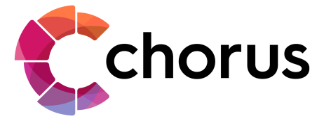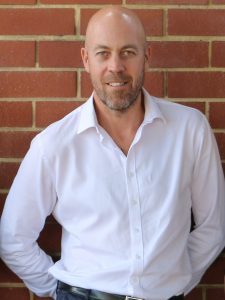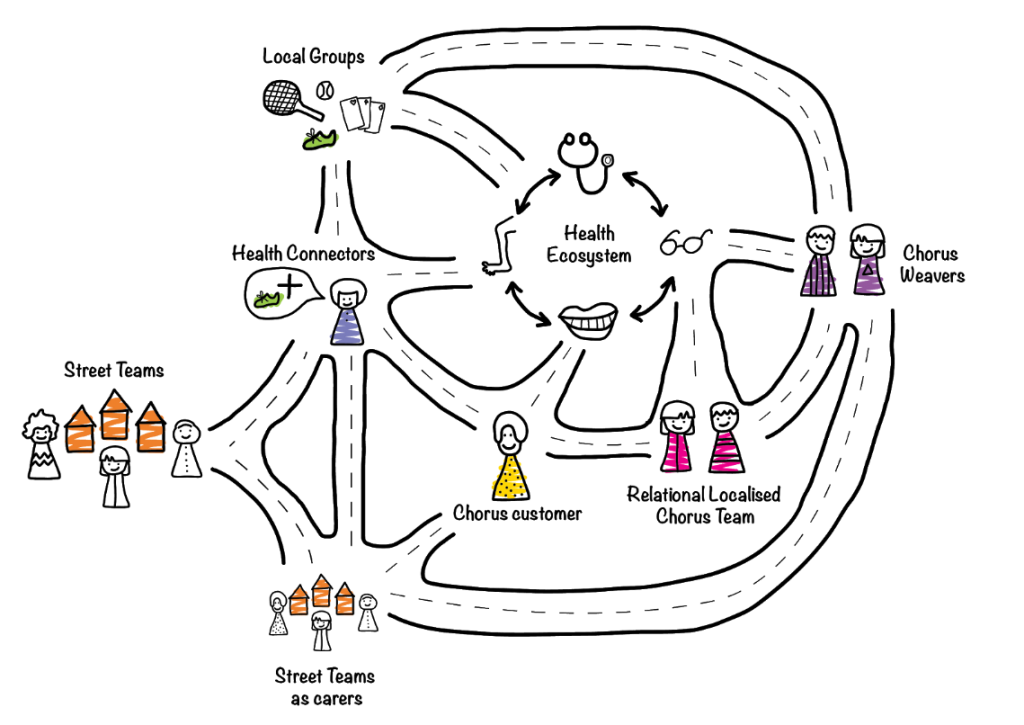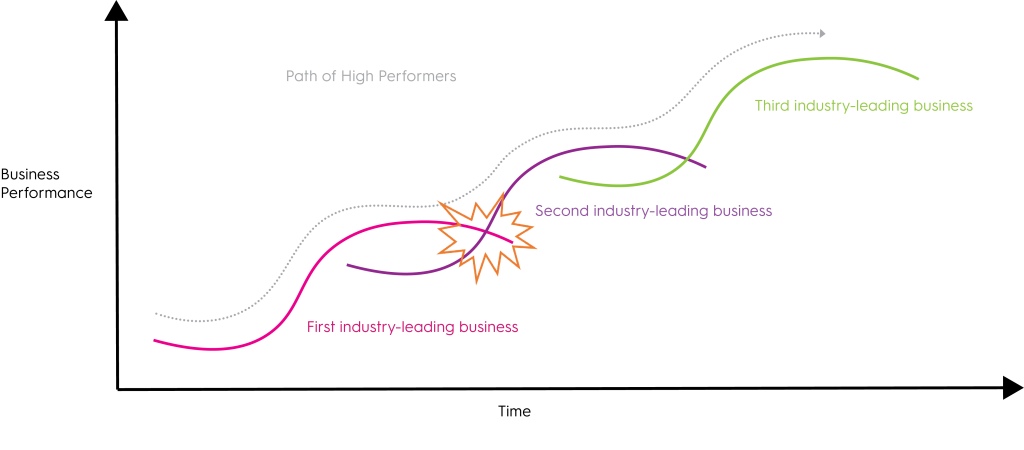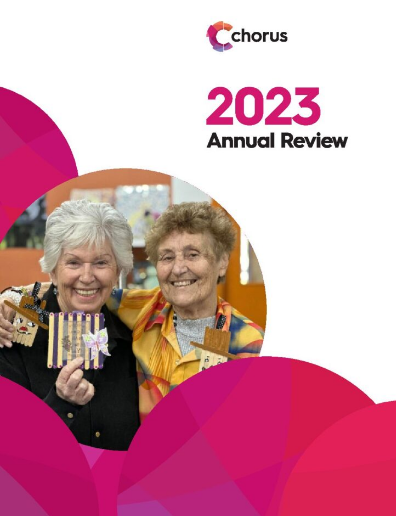Chorus CEO Dan Minchin’s monthly reflection on how we are putting the community back into community service.
June 2020
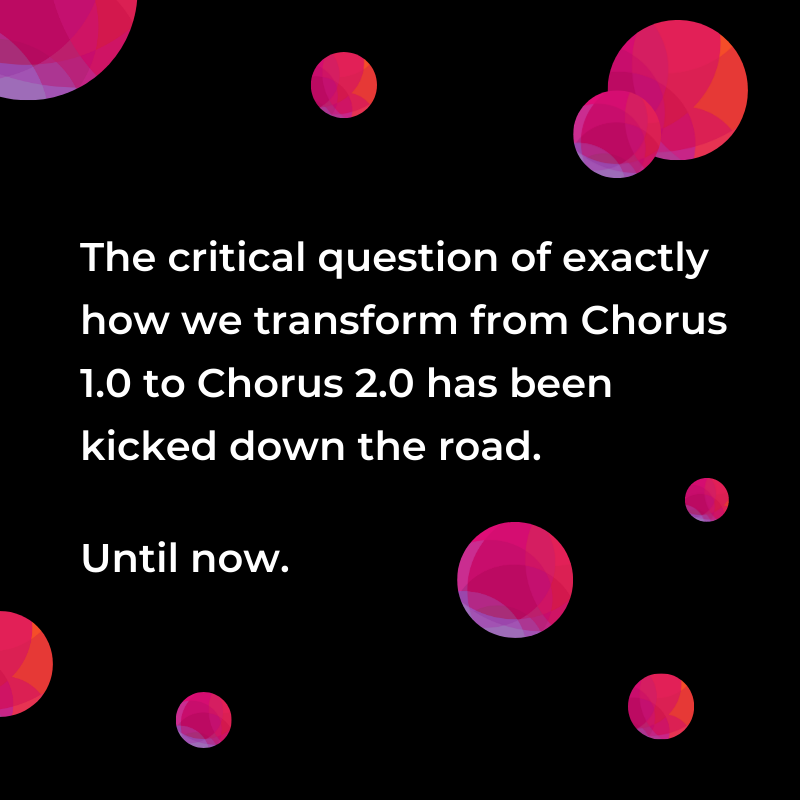 Six months ago, we had a pretty clear plan.
Six months ago, we had a pretty clear plan.
On one track, we would consolidate “Chorus 1.0”: our current business model would perform acceptably in line with our four commitments (people – safety – customers – money). We intended to have that done by around now.
Simultaneously, we would create a sandpit (located Bull Creek) to test our “Fresh Approach to community service”. Based on what we learned, we could then design Chorus 2.0: a new business model which would do an even better job of meeting our four commitments. More than that, Chorus 2.0 would deliver a step change in the impact we could have on communities around WA and potentially beyond.
This “parallel paths” strategy was based on our own and others’ experiences of how best to get innovation to happen in established organisations. It recognises that creativity tends to be snuffed out by the risk-avoidance machine known as “business as usual”. Equally, it mitigates the risk that innovation projects lose all connection to reality.
This is elegant enough in theory, but the critical question of exactly how we transform from Chorus 1.0 to Chorus 2.0 was kicked down the road. Until now. Over the past six months, three seismic changes have jolted us into a moment which is as consequential as it is uncomfortable.
First, the Fresh Approach program has over-delivered. We were hoping to gain confidence in our hypothesis that the Fresh Approach would increase impact and performance. The key elements being tested, were:
- hyper-local operations
- a more relational approach
- enhanced activation of communities
- more effective partnerships with other formal “care” providers.
In fact, we have got a more favourable and concrete response than we had hoped for: for example, seeing great community uptake of the Bull Creek Street Teams initiative, building relationships with local health organisations to share data and referrals, and gaining additional financial support from philanthropists.
Second, COVID-19 has made our organisation (not to mention other organisations and the community at large) vastly more fluid. Chorus people have been able to increase customer focus, demonstrate innovative and embrace virtual ways of working. As I wrote in my April blog, we have seen a spontaneous shift in engagement, innovativeness and momentum – all generally in the direction of Chorus 2.0. “(A)midst the tumult – in fact, because of it – the Fresh Approach has blossomed. People are lending a hand, nurturing connection, finding non-physical ways to stay #togetherapart.”
Third, the urgency has increased due to growing financial challenges. Like many for-purpose organisations, Chorus has been caught in the pincer of rising costs (average wage rise over the past three years is around 3%) and lower or zero increase to funding levels – with additional pressure, thanks to once-in-a-generation reforms of the disability and aged care sectors, and ever-increasing compliance and administrative obligations.
In summary, then: the future is closer than we thought; the present is accelerating; and the need for change is more urgent.
***
The strategic challenge associated with shifting from one business model to the next has been talked about for decades. In 2011, Paul Nunes and Tim Breene published “Reinvent Your Business Model Before It’s Too Late” in the Harvard Business Review. Their framework is built on the idea that all business models have a life cycle; as they mature, they need to be replaced. Moreover, their insight is that organisations need to find a way to make the leap from one curve to the next.
I am writing this (unapologetically inward-looking) blog at what I believe is a critical moment: this is what “the leap” feels like. It is useful for me, and hopefully of interest to readers to share some reflections.
- There is a certain comfort in the current state, even though it is flawed. Adherence to an apparently safe old business model was one of the key risks Nunes and Breene described.
- In reality, it is less like taking a leap and more like building a rope bridge. Over time we will accumulate a series of decisions which will ultimately lead to success or failure.
- We don’t get to control when some – many – of the decisions need to be made. For example, right now we have 200 staff working more virtually and locally than ever before. Should they return to their offices, and if not, how should we work?
- While we have a picture of what the Fresh Approach (and Chorus 2.0) could look like, it’s still well short of a detailed blueprint. It’s hard to move towards a future state without being able to define it in some detail.
- The lack of clarity makes the decisions we have more control over far more complex. For example, how (and when) should we organise Chorus teams around the Fresh Approach principles?
- The risk/return frameworks which inform “rational” decision making under more normal circumstances don’t really apply. Managers and Boards usually rely on these supports when making consequential decisions.
- Fear of failure can be crippling.
- Whatever path we take, it will involve lots of change for Chorus people, which requires masses of energy and can be painful.
- Right now, thanks to COVID and other recent changes, we are weary.
Decision-making under these uncertain and demanding conditions is tricky. Often, it is a case of deciding what not to do – or, at least, how we can delay commitment. We need to continuously refer to the Fresh Approach principles and make fast decisions partially-based on instinct. We must get comfortable with taking small risks and learning from failure. And we must hold our nerve.
Ultimately, I am an optimist. This is thanks to what I believe is a sound philosophy of community impact, and the proven capacity of the entire Chorus team to live our values and rise to any challenge.
